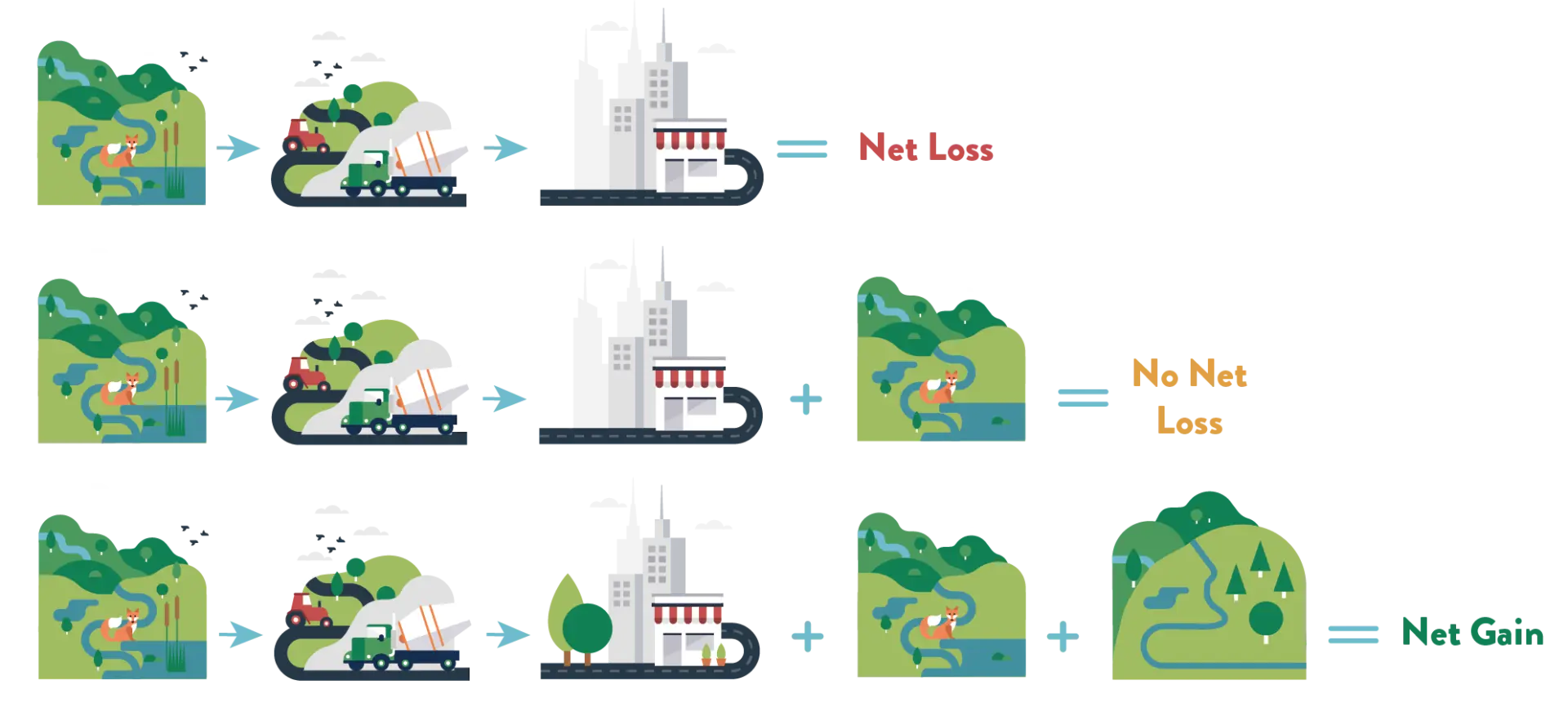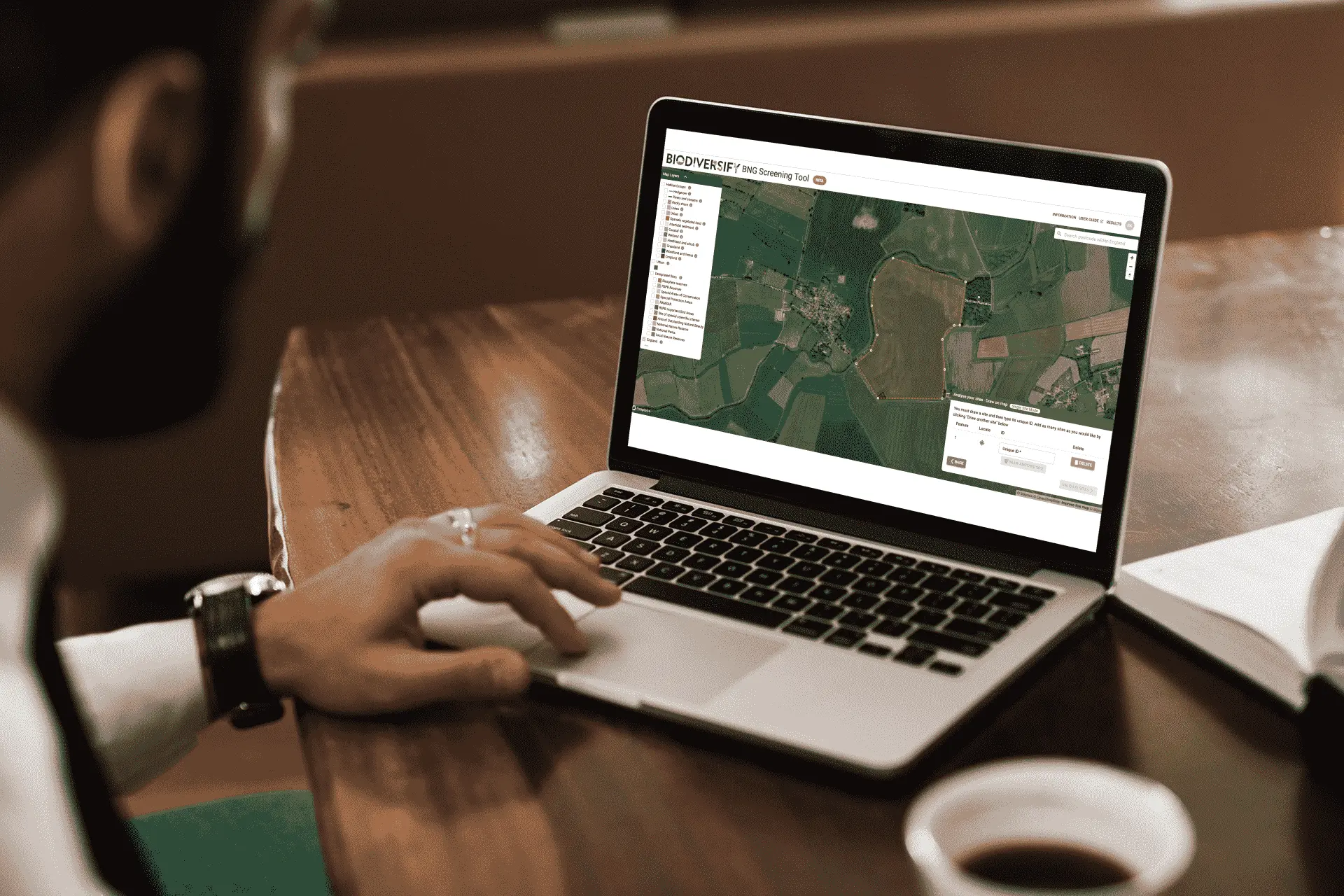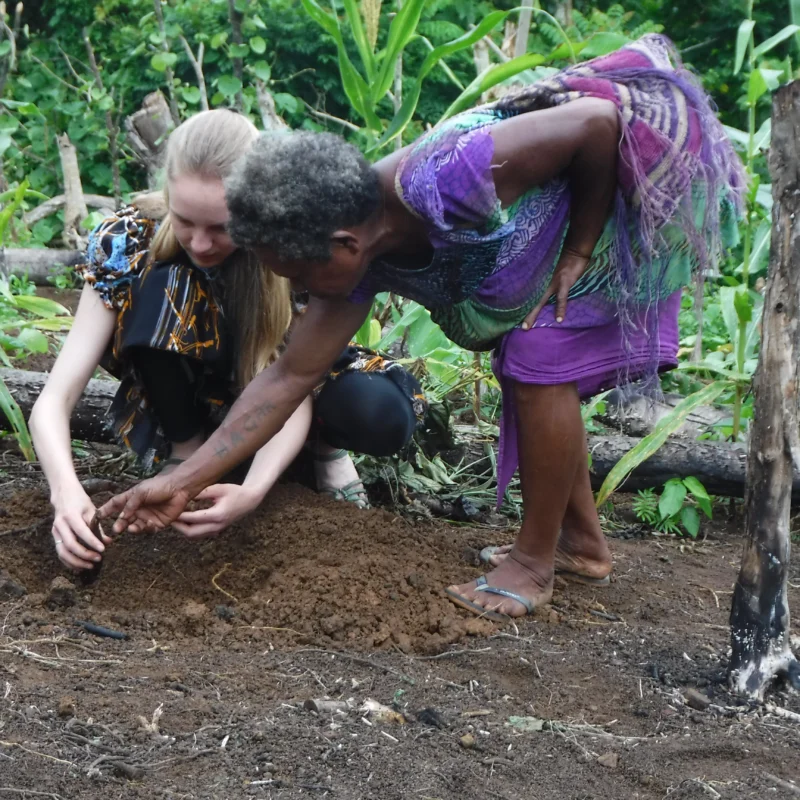You may have heard the term ‘Biodiversity Net Gain’ before, but is it clear what it actually means?
Biodiversity Net Gain, also known as ‘BNG’, is an approach used to account for the biodiversity impacts of development that were made a legal requirement in England by the Environment Act. However, before we begin to uncover what BNG is, we first need to understand what biodiversity is, and why it is so important.
What is ‘biodiversity’ and why is it in crisis?
As it goes, there is no single definition of biodiversity. In fact, defining the term has been a scientific endeavour of its own.
National Geographic defines biodiversity as; ‘The variety of living species on Earth, including plants, animals, bacteria and fungi’. Biodiversity plays a key role in maintaining the health of the world’s ecosystems, with each species playing a role. Our continued presence on earth as a species directly depends upon the biodiversity around us.
Considering the importance of biodiversity for the survival of humans, you’d assume most businesses would position it at the forefront of their development plans. However, despite legislation and policy in place to protect UK biodiversity, the abundance of UK species’ has declined by 13% in the last 50 years with rapid declines in the last decade. We are in a biodiversity crisis!
What happens if biodiversity isn’t prioritised?
Biodiversity is core to the world as we know it and its rapid decline threatens our food, businesses, communities, and health, to name just a few.
In recent years, awareness of the biodiversity crisis has drastically increased across multiple scales and sectors…to the value of £51,000,000,000
If businesses fail to consider biodiversity when developing new areas, there will be far-reaching consequences for our planet; including ecosystem degradation, an increased vulnerability to climate change, and knock-on economic costs as industries such as agriculture and fisheries see sharp decline.
But change is happening. In recent years, awareness of the biodiversity crisis has drastically increased across multiple scales and sectors. For example, within the private sector, businesses are quickly realising that they’re dependent on biodiversity, e.g. through supply chains, or through benefits such as staff wellbeing and ecosystem services. In fact, it is estimated that in the UK, nature is adding to the direct gross to the value of £51 billion. So, how can BNG help reduce biodiversity loss?
What is biodiversity net gain?
Put simply, biodiversity net gain is the practice of leaving land developments with more biodiversity than we started with. If developers build houses or roads, then habitats elsewhere need to be improved to compensate for the change to the ecosystem.
With awareness of the biodiversity crisis growing, there is a push for a nature-positive economy, where “nature (species and ecosystems) is being restored and is regenerating rather than declining” (Cambridge Institute for Sustainability Leadership).
Unfortunately, this isn’t currently the case. With very few areas of England protected explicitly for nature (3%), development of land (whether it’s to build new housing or create a new car park) often results in impacts on, and losses of, biodiversity.
Businesses need BNG support. In recognition of the need to directly address and reverse the biodiversity crisis, the Environment Act was passed into UK law in November 2021. This Act includes a mandatory requirement for 10% Biodiversity Net Gain (BNG) for development projects in England, that came into effect in November 2023.
Natural England defines BNG as “an approach to development, land and marine management that leaves biodiversity in a measurably better state than before the development took place”. Mandatory BNG is a legal requirement for the development sector to deliver more for nature.
At present, all new developments must increase biodiversity by a minimum of 10% compared to the baseline, and ensure it is secured for at least 30 years. In order to achieve this, businesses will often need to utilise BNG support services – such as BNG mapping – to make sure that the change they’re making is a positive one.

Start your BNG journey today
If you think your business could benefit from BNG support, we offer guidance for blending your corporate vision with nature.
Get startedHow to report biodiversity net gain?
It’s important to know what BNG is, but achieving a +10% increase in biodiversity on new developments relies on our ability to measure biodiversity and give it a standardised score.
The Biodiversity Metric is an open-access accounting tool designed by Natural England and DEFRA for calculating biodiversity net gain and should be used ‘by a competent person’ to inform planning, design, land management, and decision-making.
The Biodiversity Metric considers the extent and condition of habitats as a proxy for biodiversity, converting them into ‘biodiversity units’, that are used as the metrics ‘currency’. Understanding the Biodiversity Metric is an important part of the BNG mapping process, and will allow specialists to record the positive or negative changes in biodiversity that a development has incurred.
Four components underpin the Biodiversity Metric
- Habitat size
- Condition
- Distinctiveness
- Strategic significance.
Recording the Biodiversity Metric allows the levels of biodiversity to be quantified and scored before and after development, to ensure a 10% net gain of biodiversity is achieved. This standardises reporting, which is necessary when communicating ongoing changes with local planning authorities.
To ensure biodiversity and wider ecological benefits are at the forefront of developers’ decision-making, BNG should be considered from the get-go – during site selection and site design. This ensures resources are not wasted on non-viable sites and ensures BNG requirements can be met.
BNG mapping reinforces the mitigation hierarchy by helping developers avoid sites of high value for biodiversity. Developers should aim to avoid loss of habitat on land they develop, but if unavoidable, they will be required to:
The system is designed to make statutory biodiversity credits the least desirable option. This means engaging with BNG support from the very earliest stages of a development project’s conception will make the BNG experience much smoother.
Who needs to think about BNG?
BNG applies to three core groups: developers, land managers, and local planning authorities.
BNG and developers
Developers will be required to submit a biodiversity gain plan (BGP), showing how they will achieve +10% BNG, for a project to be considered for planning permissions.
BNG and land managers
For land managers, BNG can create long-term income opportunities through investment in habitat management. They will be able to get paid for selling ‘off-site’ biodiversity units to developers if they meet criteria such as the possession of land in England, consent to register the land if they’re not the landowner and a legal agreement for the land being registered.
BNG and local planning authorities
Local planning authorities (LPA) have the legal obligation to appraise biodiversity net gain plans for future developments as of November 2023, when BNG reporting became mandatory. It is likely BNG will be embedded in local planning policy and will align with their corporate priorities via Local Nature Recovery Strategies. LPAs could also offer biodiversity units to developers from LPA owned land.
Save time and money with the BNG Screening Tool
At present, ensuring that BNG is met requires a desk-based review, which is time-consuming and costly. Data investigated in a desk-based review, even those provided by government bodies, have uncertainties and discrepancies and therefore should be interpreted by a skilled spatial ecologist or data analyst.
Measuring and enacting BNG should be so much easier. This is where the BNG Screening Tool comes in.
The BNG screening tool allows for a rapid and efficient review of development sites anywhere across England. The tool uses highly trusted data sources, automates the process of conducting a desk-based review, and calculates the likely BNG implications of potential development sites instantaneously. The tool has been designed with ease of use in mind and will help people quickly understand the natural requirements of their site by removing the data barriers.
The BNG screening tool considers 55 habitats and estimates a site’s biodiversity units using the Biodiversity Metric calculation, as well as flagging additional constraints such as designated sites and the presence of ancient woodland. With the consistent and comprehensive output from the tool, users will be able to understand potential implications early on in the planning process, follow the mitigation hierarchy more effectively, and place biodiversity at the start of their decision-making process.
Using BNG support tools like the BNG screening tool will assist developers in their BNG journey, and help them towards a nature-positive future.

Put Nature at the Forefront of Development Decision Making
Access NatureSearchNeed more details?
We are here to assist. Contact us by phone, email or via our social media channels.
Get in touch





